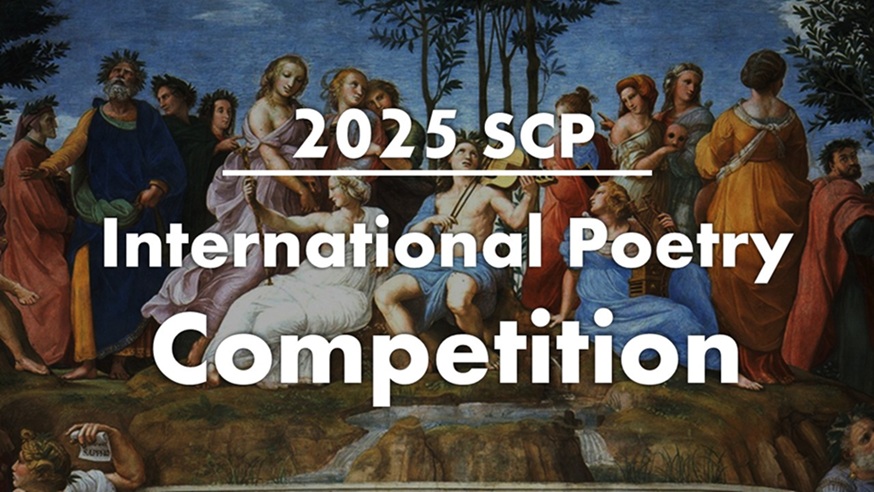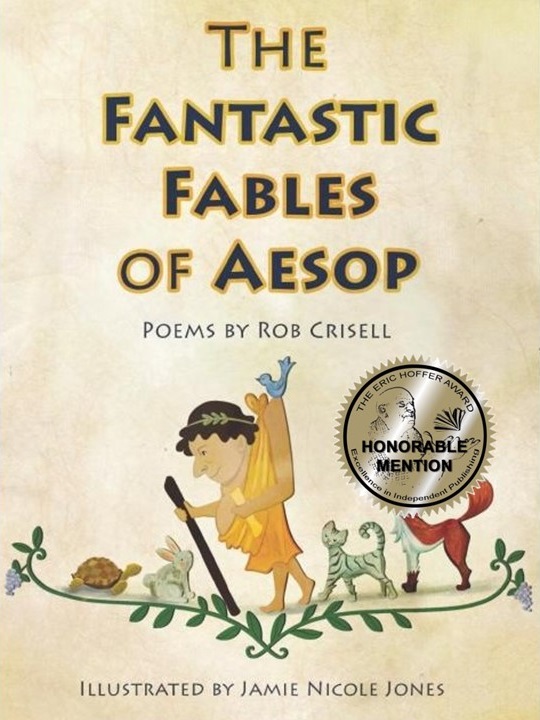.
Pollinator
When swift spring breezes suddenly excite
the conifers out back, they really come
alive in dips and bows and surges right
before my eyes. I watch to see if from
a few of them, or even one, a cloud
will be released, all green and dense and fraught
with life. It happens, and I laugh out loud.
It’s always grander than I might have thought.
The healthy trees have done their job. Now they
will start all over once again. They know
their place, their purpose, and their powers. They live
to pollinate, and send their gifts away,
not knowing whether anything will grow
from what they lavishly and freely give.
.
.
T. M. Moore is Principal of The Fellowship of Ailbe, a spiritual fellowship in the Celtic Christian tradition. He and his wife and editor, Susie, make their home in the Champlain Valley of Vermont.















Thank you for a lovely poem to begin a spring day with a positive message for its readers.
Thanks, jd. I do hope the “positive message” comes through.
This is a really well-wrought sonnet, T.M. Your description of what is happening shows close observation that leaves clear visual images with the reader. And your enjambment appropriately illustrates the continuous movement of the conifers in the breeze. The end is artfully done, giving a subtle allusion, perhaps, to the seed-planting metaphor in the gospels, yet trusting the reader to make the connection, resisting the temptation to turn the poem into a sermon by obtrusively explaining this.
Telling it slant, that is? Thanks, Cynthia.
I also like the expert enjambment, and how it suggests the movement of the conifers. The first seven lines are all enjambed, and so is the entire concluding sestet — what a great effect!
Thanks for the word of encouragement, Dr. Salemi.
Dear T.M.:
Your sonnet is both beautiful and expertly crafted. In the octave, the narrator notices and describes conifers in springtime. The enjambment suggests the lovely lyrical movement of the trees as they “come alive in dips and bows and surges.” The trees release clouds of pollen “green and dense and fraught with life.” I’m reminded of Hopkins’s observations of nature: for example, “rose moles all in stipple” —that God’s grandeur “charges” nature, endows nature with life, with movement. We understand God through observing this movement. That is, we don’t notice simply a flat image of conifers, but we are most interested in the movement of the conifers.
The sestet is a thoughtful reflection on the meaning of the pollinator phenomenon. The conifers “live to pollinate, not knowing whether anything will grow from what they lavishly and freely give.” The conifers convey a subtle spiritual reminder to us: we also are created by God to give freely to others.
Sincerely,
Mary Jane (Myers)
The heavens are declaring the glory of God, and so are the trees. Thank you for your kind words.
Down here in the south (South Carolina), the “green, dense cloud” is a little more yellowish and painful to experience. But a wonderful description of new life that births in the spring. Thank you, my friend!
Rusty, you are always such an encouragement to me. I’d love to see more of your excellent verse in these pages.
You poem brings back vividly the conifer at the bottom of our road as a kid, with its pine cones that we utilised at Christmas, and which I once brought into A level biology class.
I especially liked the sonnet’s poignant ending, TM.
Thanks, Paul.
The photo is of spruce cones.
Bingo, Fred. Without closer inspection of the needles, I can’t tell whether it is spruce or actually fir, but the photo is definitely not of pine cones.
Well, they’re definitely not traffic cones.
Not coneheads, either.
Thank you, gentlemen. Image updated.
-Evan
The one line that’s not enjambed stands out as a splendid volta. “It’s always grander than I might have thought.” That’s the careful observer’s joyful response to the creative place, purpose, and powers of healthy conifers. It prepares well for the final wondering remarks on the gifts “lavishly and freely” given by conifers, in accord with their nature. We can be grateful!
Indeed, we can.